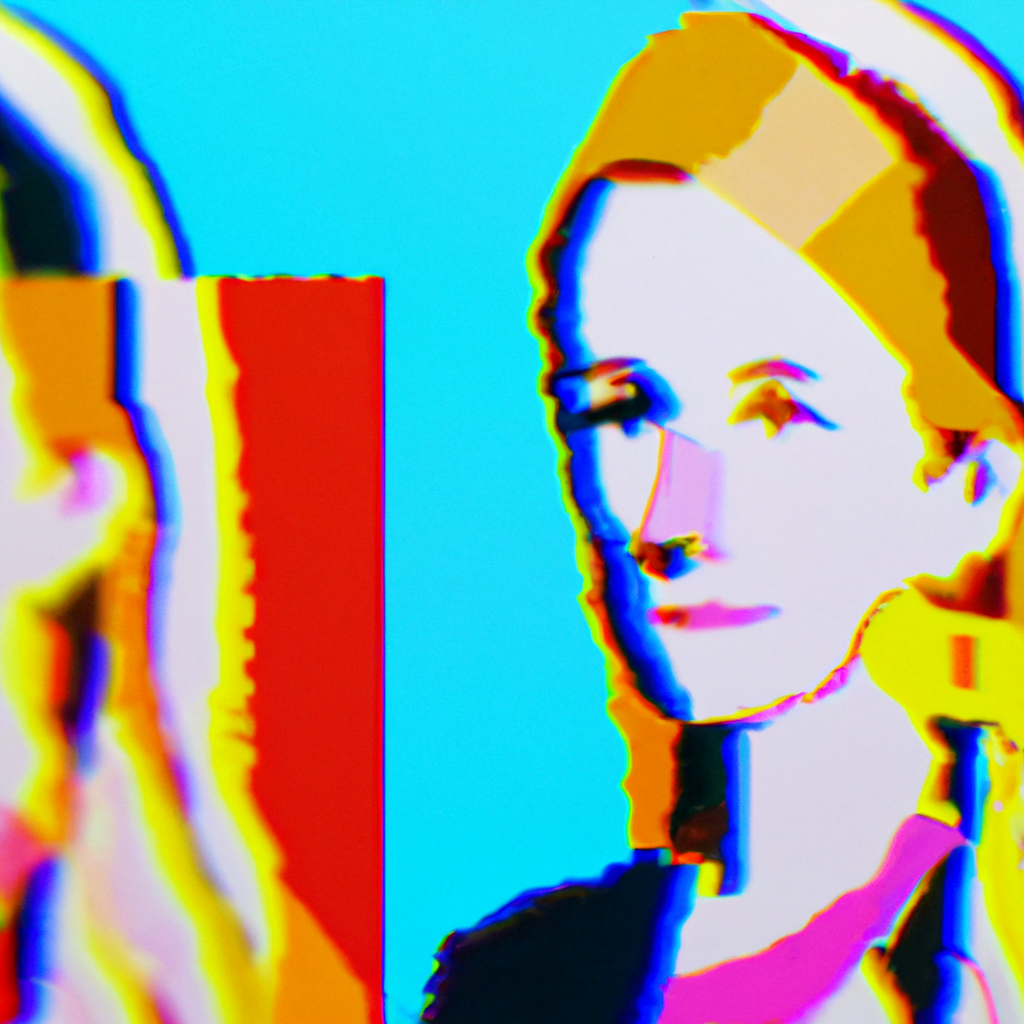
AI-Enabled Design Exploration and Experimentation

Artificial Intelligence (AI) has revolutionized various industries, and design is no exception. With the advent of AI, designers now have access to powerful tools that enable them to explore and experiment with new ideas in ways that were previously unimaginable. AI-enabled design exploration and experimentation have the potential to transform the creative process, enhance productivity, and drive innovation. In this article, we will delve into the world of AI-enabled design exploration and experimentation, exploring its benefits, applications, and future prospects.
The Power of AI in Design
AI has emerged as a game-changer in the design industry, empowering designers to push the boundaries of creativity and efficiency. By leveraging AI technologies, designers can automate repetitive tasks, generate new design concepts, and gain valuable insights from vast amounts of data. Let’s explore some of the key ways AI is transforming design:
1. Automating Repetitive Tasks
Designers often spend a significant amount of time on repetitive tasks such as resizing images, formatting layouts, or organizing files. AI-powered tools can automate these mundane tasks, freeing up designers’ time to focus on more creative and strategic aspects of their work. For example, Adobe Sensei, an AI platform, offers features like content-aware fill and automated image cropping, which streamline design workflows and boost productivity.
2. Generating Design Concepts
AI algorithms can analyze vast amounts of design data, including images, colors, and typography, to generate new design concepts. By training AI models on large datasets, designers can explore a wide range of design possibilities and discover unique combinations that may have been overlooked. For instance, Logojoy, an AI-powered logo design platform, uses machine learning algorithms to generate custom logo designs based on user preferences and industry trends.
3. Enhancing User Experience
AI can play a crucial role in improving user experience (UX) design. By analyzing user behavior and feedback, AI algorithms can identify patterns and make data-driven recommendations for enhancing the usability and effectiveness of digital products. For example, Optimizely, an AI-driven experimentation platform, enables designers to conduct A/B tests and optimize user interfaces based on real-time user feedback.
Applications of AI-Enabled Design Exploration and Experimentation
The applications of AI-enabled design exploration and experimentation are vast and diverse. Let’s explore some of the key areas where AI is making a significant impact:
1. Product Design
In product design, AI can assist designers in generating and evaluating design concepts. By analyzing user preferences, market trends, and competitor data, AI algorithms can provide valuable insights that inform the design process. For example, Autodesk’s generative design technology uses AI to explore thousands of design options and optimize product performance based on specified constraints.
2. Graphic Design
AI is transforming the field of graphic design by automating tasks such as image editing, layout design, and font selection. Designers can leverage AI-powered tools to quickly generate design variations, experiment with different color schemes, and create visually appealing graphics. For instance, Canva, a popular graphic design platform, uses AI algorithms to suggest design templates and provide real-time design feedback.
3. Architecture and Interior Design
In architecture and interior design, AI can assist designers in creating innovative and sustainable designs. By analyzing environmental data, building codes, and user requirements, AI algorithms can generate design options that optimize energy efficiency, space utilization, and aesthetics. For example, the AI-powered platform Morpholio enables architects and interior designers to explore design alternatives and visualize them in augmented reality.
The Future of AI-Enabled Design Exploration and Experimentation
The future prospects of AI-enabled design exploration and experimentation are promising. As AI technologies continue to advance, designers can expect even more powerful tools and capabilities. Here are some potential future developments:
1. Augmented Creativity
AI has the potential to augment human creativity by providing designers with intelligent suggestions and insights. AI algorithms can analyze vast amounts of design data, including historical trends and user preferences, to generate personalized recommendations that inspire designers and spark new ideas. This collaboration between human designers and AI systems can lead to unprecedented levels of creativity and innovation.
2. Real-Time Collaboration
AI-powered design tools can facilitate real-time collaboration among designers, enabling them to work together seamlessly regardless of their physical location. By leveraging AI algorithms, designers can share design assets, receive instant feedback, and collaborate on design projects in a virtual environment. This level of collaboration can enhance productivity, foster creativity, and enable global design teams to work together effectively.
3. Ethical Design Considerations
As AI becomes more integrated into the design process, ethical considerations become increasingly important. Designers must ensure that AI algorithms are trained on diverse and unbiased datasets to avoid perpetuating existing biases or stereotypes. Additionally, designers need to be mindful of the potential impact of AI on user privacy and data security. Incorporating ethical design principles into AI-enabled design exploration and experimentation will be crucial for building trust and ensuring responsible use of AI in design.
Summary
AI-enabled design exploration and experimentation have the potential to revolutionize the creative process, enhance productivity, and drive innovation in various design disciplines. By automating repetitive tasks, generating design concepts, and enhancing user experience, AI empowers designers to push the boundaries of creativity and efficiency. The applications of AI in design span across product design, graphic design, architecture, and interior design, among others. As AI technologies continue to advance, designers can expect augmented creativity, real-time collaboration, and increased focus on ethical design considerations. Embracing AI-enabled design exploration and experimentation can unlock new possibilities and propel the design industry into a future of limitless creativity and innovation.
